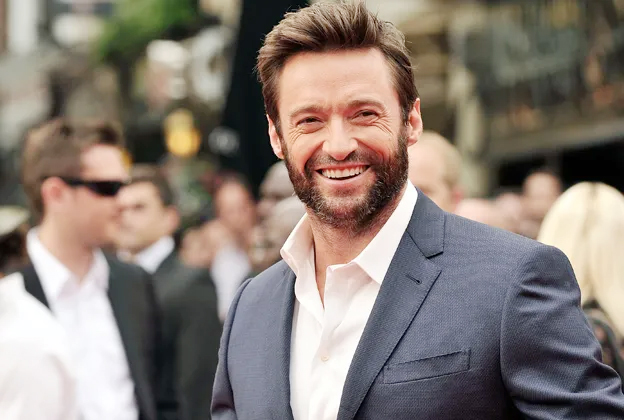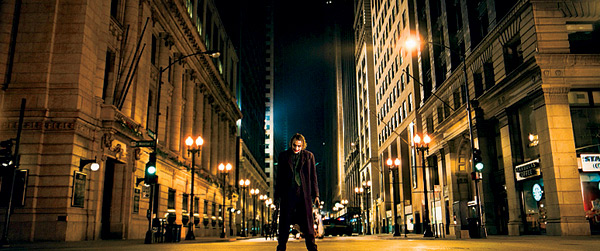innovuscollege.com – Avatar: The Way of Water, the much-anticipated sequel to James Cameron’s 2009 hit Avatar, pushes the boundaries of film technology and offers an immersive, visually stunning experience. Released in December 2022, this film takes viewers back to Pandora, a world full of beauty and danger, where the story continues with new challenges and adventures. Here’s a look behind the scenes to explore how the film came to life.
1. Pioneering Underwater Motion Capture Technology
One of the most groundbreaking aspects of The Way of Water was the development of underwater motion capture. Since much of the film takes place in the oceans of Pandora, Cameron and his team had to create a new technology capable of capturing actors’ performances underwater—something never before accomplished in cinema. The actors, including Sam Worthington and Zoe Saldana, underwent rigorous training in free diving, enabling them to hold their breath for several minutes during scenes.
Kate Winslet, who plays a new character named Ronal, reportedly held her breath for more than seven minutes during filming. This technology allowed for unprecedented realism, capturing every underwater movement and expression, making the Na’vi characters and their environment feel natural and lifelike.
2. Detailed World-Building
The expansion of Pandora’s world, especially its ocean ecosystem, was central to the film’s narrative. Cameron’s team worked closely with marine biologists to design an intricate underwater world teeming with alien flora and fauna. From the Metkayina clan’s coastal homes to the sea creatures they bond with, every element was carefully crafted to enhance the sense of an interconnected, living world.
The attention to detail in the design of the Metkayina clan, who live and breathe differently from the forest-dwelling Na’vi, showcases Cameron’s commitment to creating a believable culture. The team behind The Way of Water didn’t just design a visually appealing world—they designed one that feels lived-in and deeply connected to its natural environment.
3. A Lengthy Development Process
Avatar: The Way of Water took more than a decade to develop. Cameron waited until the necessary technology caught up with his vision, especially for the underwater scenes and high-frame-rate 3D filming. Principal photography began in 2017, but much of the time leading up to the film’s release was spent perfecting the visual effects, refining motion capture techniques, and building the film’s expansive digital environments.
This extended development period allowed Cameron to push the envelope of what’s possible in filmmaking. The high level of detail in the CGI, combined with practical effects and motion capture, blends seamlessly, creating a sense of immersion that few films can rival.
4. Returning Cast and New Faces
The film sees the return of key characters like Jake Sully (Sam Worthington) and Neytiri (Zoe Saldana), who are now parents leading their family through new challenges. Their emotional journey and the dynamic of their family play a significant role in the film. New characters, like Kate Winslet’s Ronal, bring additional depth to the cast, particularly in the underwater sequences.
The actors’ performances are critical in connecting viewers to the film’s heart and humanity, even in a world so vastly different from our own. Winslet, in particular, embraced the physical demands of her role, bringing both emotional weight and authenticity to her underwater scenes.
5. Visual Effects and Environmental Themes
Like its predecessor, The Way of Water is a visual spectacle. The partnership with Weta Digital, a leader in special effects, allowed for mind-blowing visual effects that bring Pandora’s world to life. The film’s commitment to realism extends to the design of creatures, landscapes, and underwater scenes, which are rendered with incredible attention to detail.
The film also builds on the environmental themes of the original Avatar, focusing on the delicate balance between humans (and Na’vi) and nature. The oceans of Pandora are a metaphor for the real-world challenges of conservation and environmental protection, themes that Cameron has long been passionate about.
6. An Immersive 3D Experience
James Cameron’s dedication to 3D filmmaking is evident throughout The Way of Water. By using cutting-edge high-frame-rate 3D technology, the film offers viewers an experience that feels more immersive than traditional films. The depth of the 3D visuals adds layers to both the underwater environments and the character interactions, making Pandora’s world feel almost tangible.
The result is a viewing experience that captivates the audience, drawing them deeper into the narrative while showcasing the technical prowess of the film’s production team.
Conclusion
Avatar: The Way of Water is a remarkable achievement in filmmaking, combining groundbreaking technology with compelling storytelling. From pioneering underwater motion capture to pushing the limits of visual effects, James Cameron and his team have crafted a cinematic experience that feels both innovative and emotionally engaging. The years spent developing the film were well worth it, delivering a sequel that not only lives up to its predecessor but also sets new standards for immersive storytelling.
For those who appreciate cutting-edge visual effects, complex world-building, and a film with environmental and emotional depth, The Way of Water is a must-see and a glimpse into the future of cinema.





